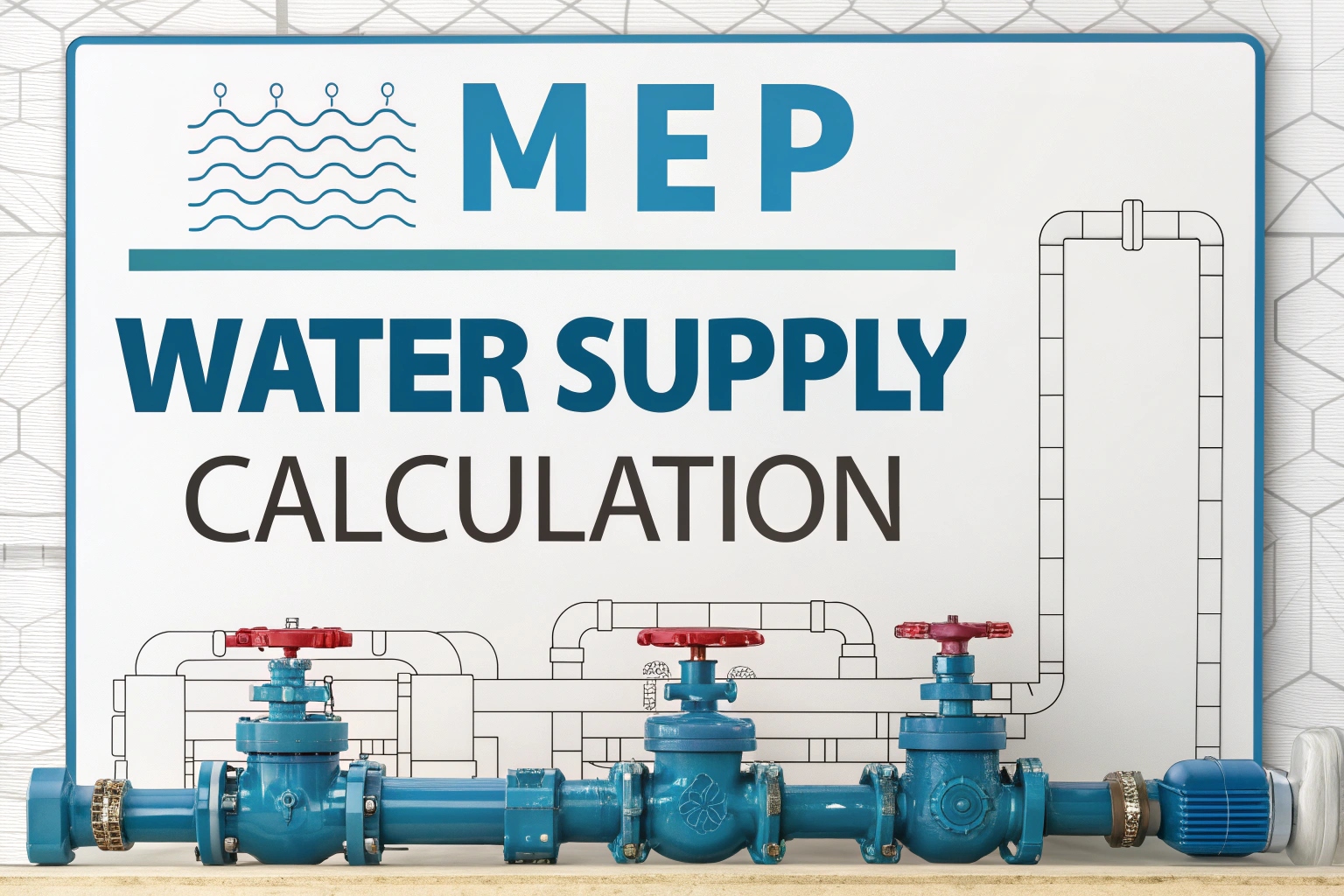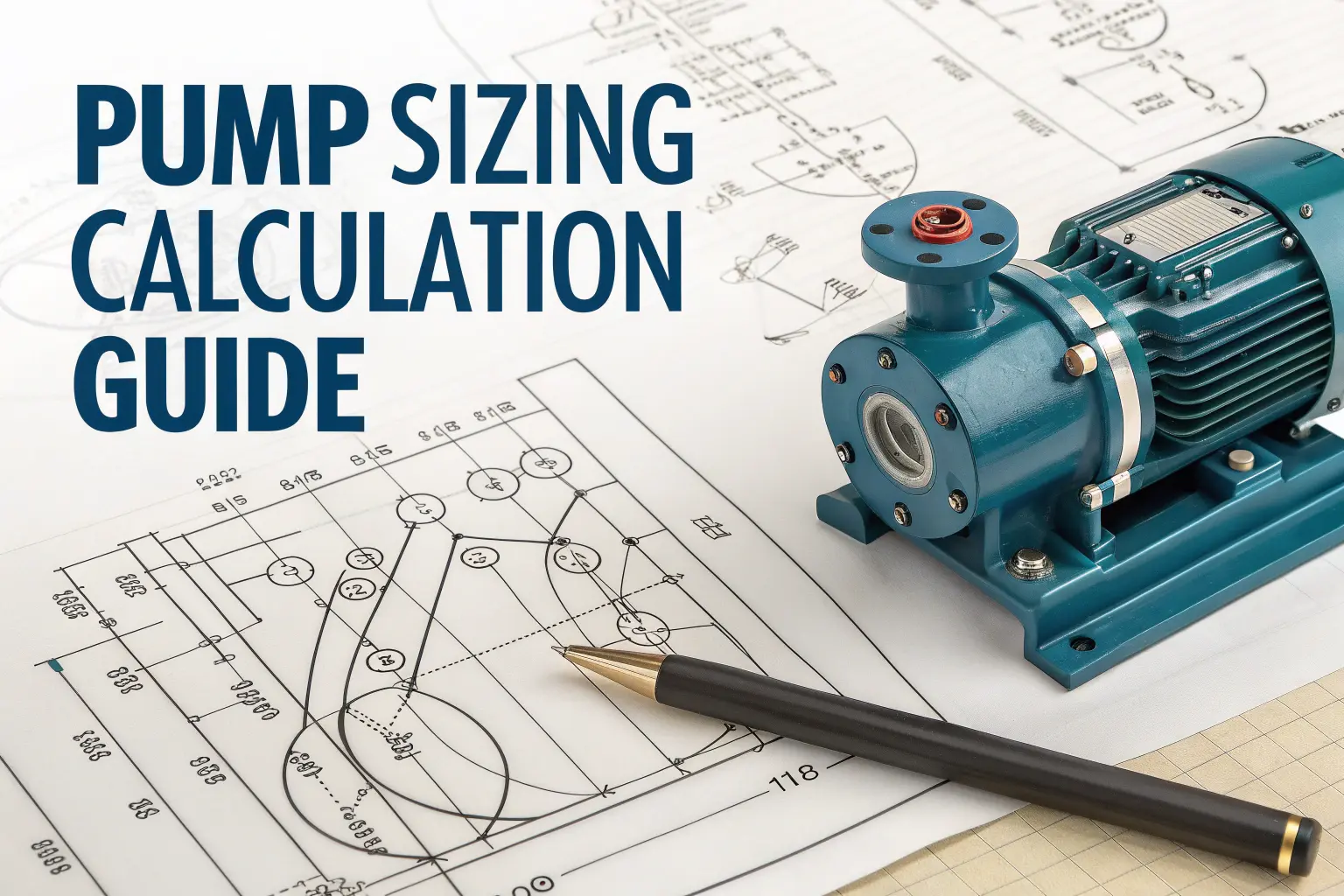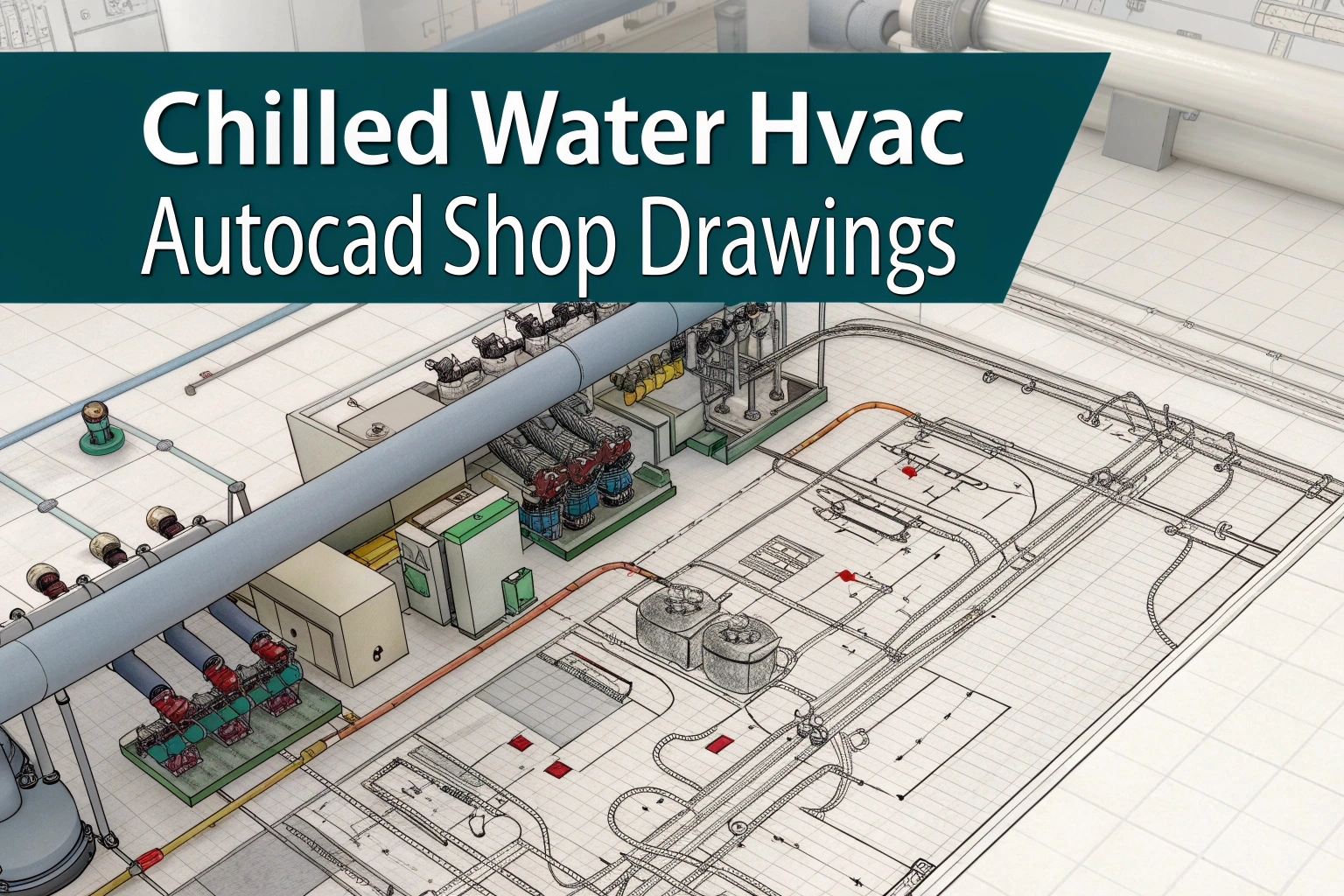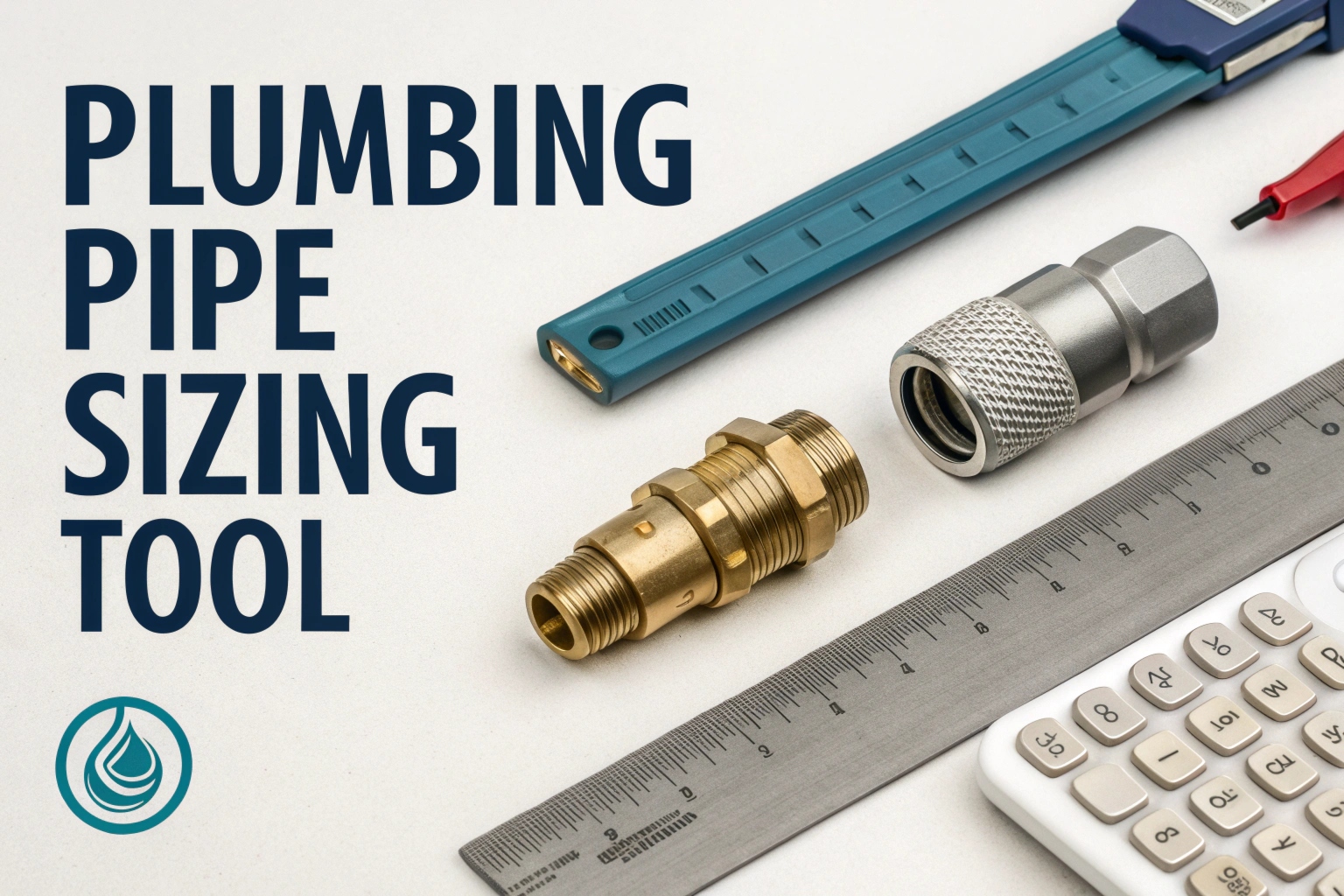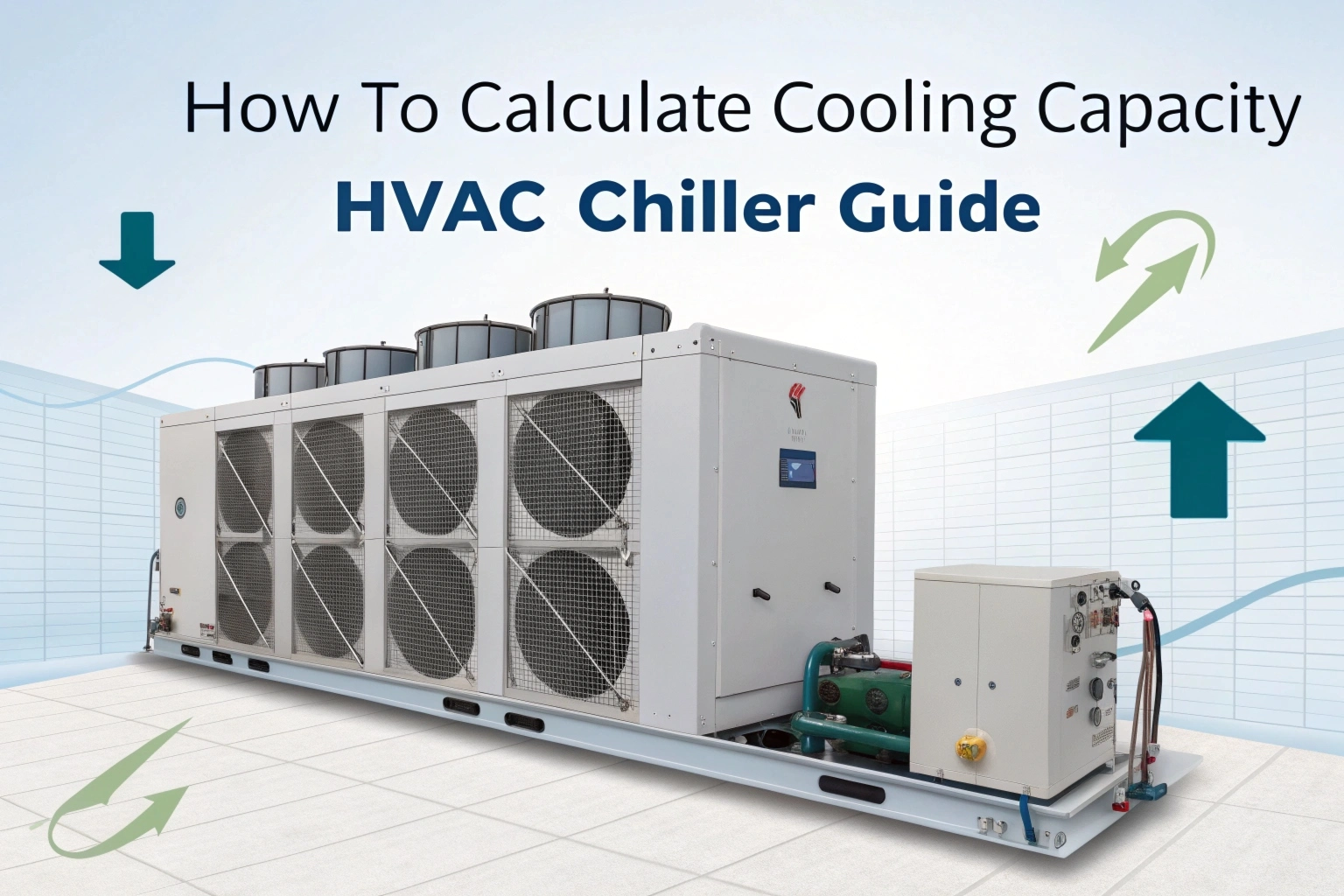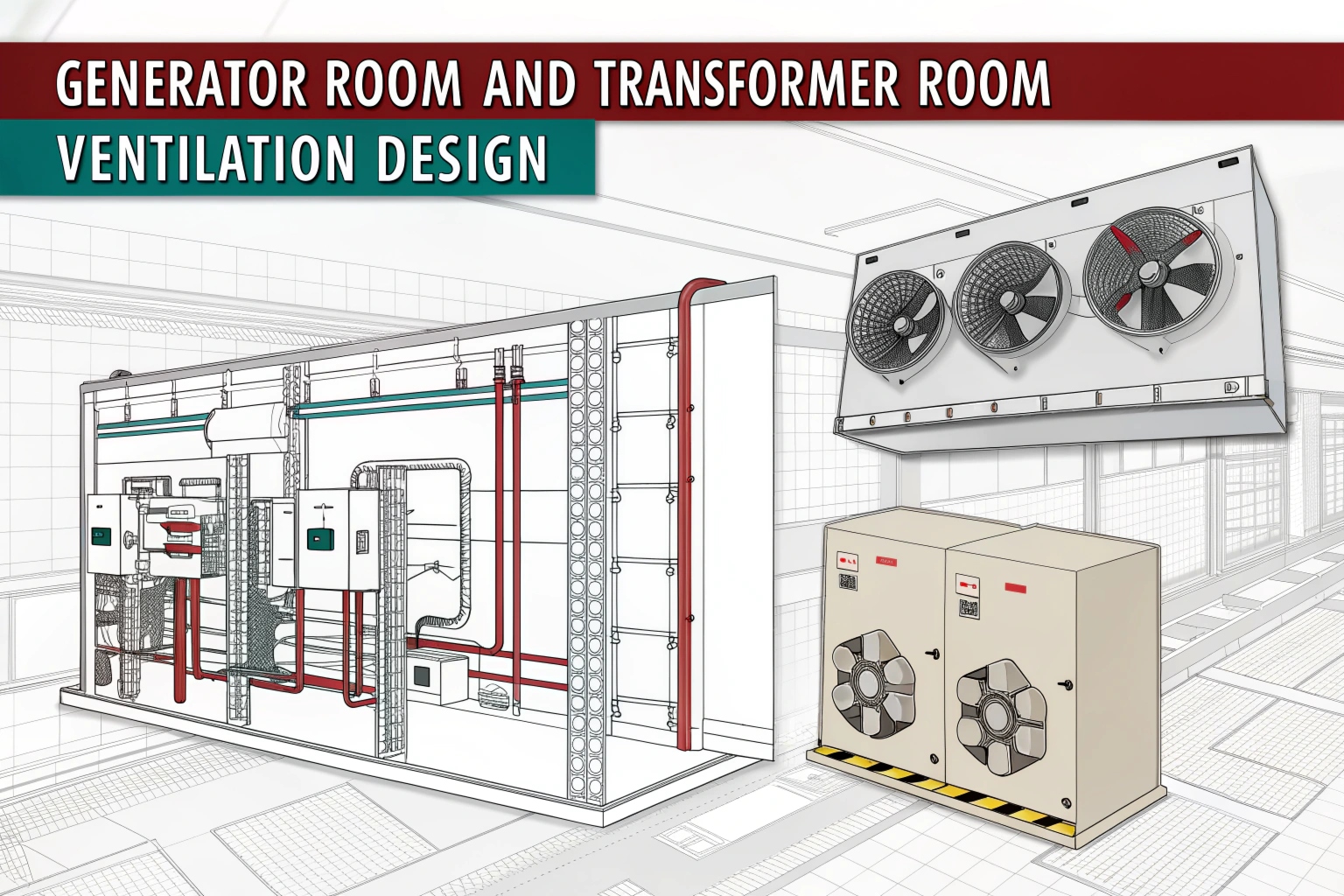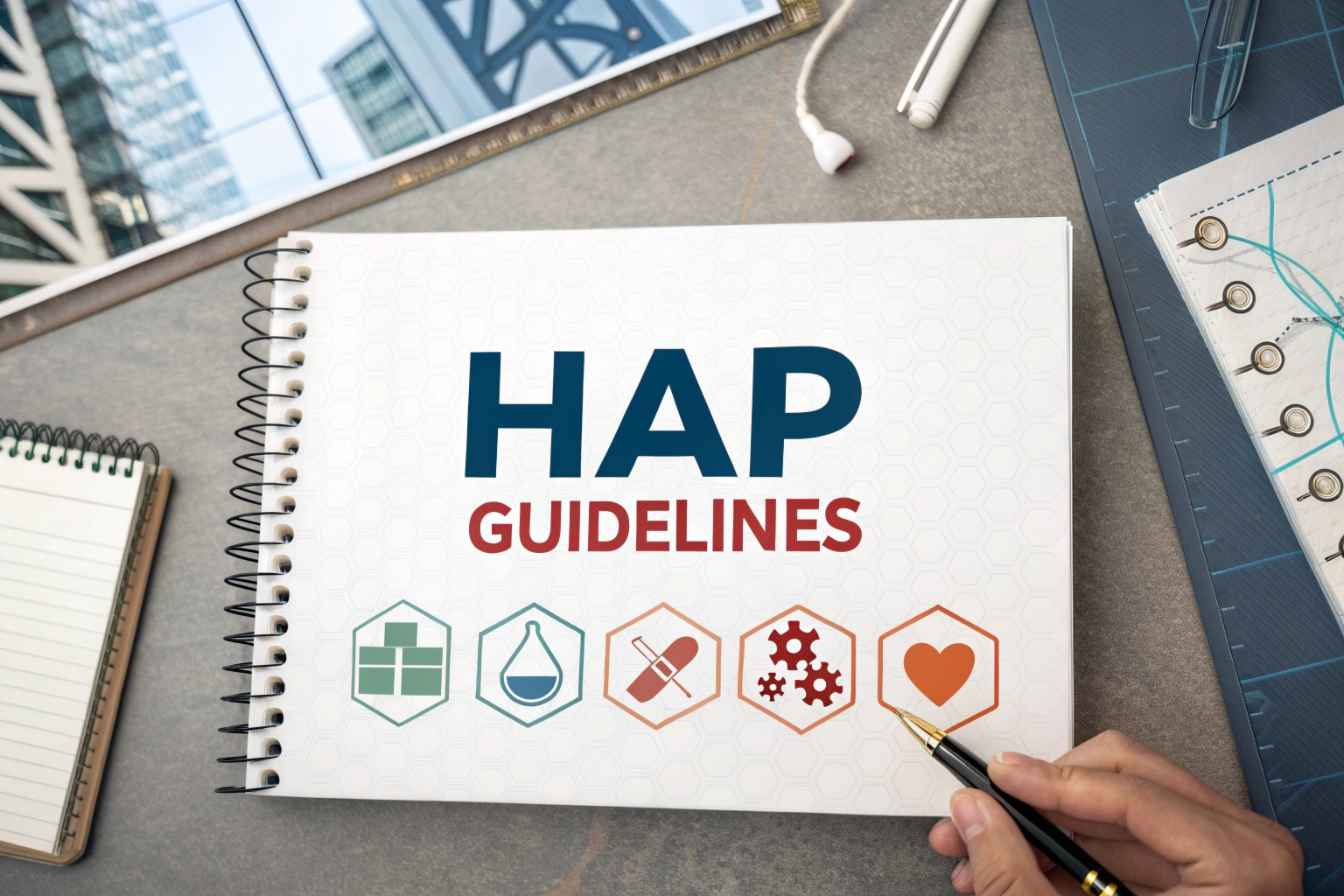Probably one of the most critical areas of plumbing design involves WS calculations, be it a small house or a huge commercial building. You should determine how much water the system will actually require. If the water demand in a plumbing system is calculated well, it will function smoothly. Otherwise, problems may pop up anytime with low pressure, flow variations, or noise in the pipes.
Below is a simple guide that will explain WS calculations in a way even a complete beginner can understand.
What Is WS Calculation?
WS Calculation (Water Supply Calculation) is the method used to estimate:
How much water the building needs
What size pipes are required
What pressure the system needs
What pump capacity is needed
Basically, it helps in deciding how water will flow properly throughout the entire building.
It applies to:
Homes
Apartments
Offices
Hotels
Hospitals
Schools
Factories
Commercial buildings
Every project needs a proper WS calculation to avoid future problems.Water Supply Calculation or WS calculation is the method used to estimate:
How much water does the building need?
Size pipes are required.
Pressure the system needs.
What pump capacity is required?
Basically, it aids in determining how water will flow properly throughout the entire building.
It applies to:
Houses
Apartments
Offices
Hotels
Hospitals
Schools
Factories Commercial buildings Every project needs proper WS calculation to avoid future problems.
Why WS Calculation Is Important?
Good WS calculations ensure:
Steady water flow
Proper pressure at every tap
Correctly sized pipes
Lower water wastage
Better pump efficiency
The system may encounter the following without proper calculations:
Pressure drop
Overloaded pumps
Noisy pipelines
High pressure leakage Unbalanced distribution That is why WS calculation is always the first step in plumbing design.
Main Steps of WS Calculation
WS calculation involves a few simple but important steps. Let’s go through them in an easy way.
Identify All Water Fixtures
First, list all the water-using fixtures in the building, including the following:
Taps
Showers
Toilets
Kitchen sinks
Washbasins
Bathtubs
Dishwashers
Washing machines Each fixture has a fixture unit value according to the standards of IPC, UPC, or IS codes.
Calculate Total Fixture Units
Each fixture adds a specific number of “Fixture Units.”
For example:
Washbasin — 1 FU
Kitchen sink — 2 FU
Shower — 2 FU
WC (flush tank) — 2 FU
After listing all fixtures, we calculate the total fixture units.
Example:
Washbasins: 10 × 1 = 10 FU
Kitchen sinks: 4 × 2 = 8 FU
WC: 6 × 2 = 12 FU
Total FU = 30
This number helps us decide pipe sizes and water demand.
Convert Fixture Units to Flow Rate (LPM or GPM)
Using plumbing codes, we convert the total fixture units into actual water demand.
Example:
30 FU ≈ 75 LPM (liters per minute)
This value helps in selecting incoming supply pipe size.
Pressure Requirement Calculation
Every plumbing system needs a minimum pressure for comfortable use.
For example:
Shower — needs around 1.5 bar
Washbasin — 1.0 bar
Flush tank — 0.6 bar
We calculate:
Static pressure loss (height difference)
Friction loss (pipe length)
Losses through valves, elbows, fittings
Pump head requirement
Finally, we make sure the incoming pressure or pump can handle the system demand.
Pipe Sizing
Using the flow rate and pressure calculations, pipe sizes are selected.
Higher flow = larger pipe
Lower flow = smaller pipe
But if the pipe is too big, water velocity drops.
If the pipe is too small, friction increases.
So a balanced pipe size is chosen using charts or software.
Tools Used for WS Calculation
Plumbing engineers often use:
IS 1172 – Indian Standard for water supply
UPC & IPC Plumbing Codes
Darcy-Weisbach formula
Hazen-Williams charts
Pipe sizing software (HAP, Elite, AutoSPRINK, Revit MEP)
These tools make the process quick and accurate.
Common Mistakes in WS Calculation
Many beginners make similar mistakes, such as:
Using wrong fixture units
Not considering peak demand
Ignoring friction losses
Oversizing the pump
Choosing incorrect pipe material
Not checking local water pressure
A correct WS calculation avoids these issues easily.
Real-Life Uses of WS Calculation
Normally there are a lot of use of WS calculation but some are important :
Home plumbing
Commercial towers
Hotels and resorts
Hospitals
Industrial plants
Firefighting integration
Irrigation systems
Basically, any place that uses water needs WS calculations.
FAQs
1. What does WS mean in plumbing?
WS stands for Water Supply, used for designing and calculating plumbing water demand.
2. What is a fixture unit?
A fixture unit represents the water demand of a plumbing fixture.
3. Why do we calculate peak demand?
Peak demand ensures the system works even when multiple fixtures are used at the same time.
4. What is the ideal water pressure for homes?
Normally, 2 to 3 bar is comfortable for most houses.
5. Can software calculate WS automatically?
Yes, programs like Revit MEP, Elite, and HAP can auto-calculate pipe sizing and pressure loss.
You can download file from the given link below…..

